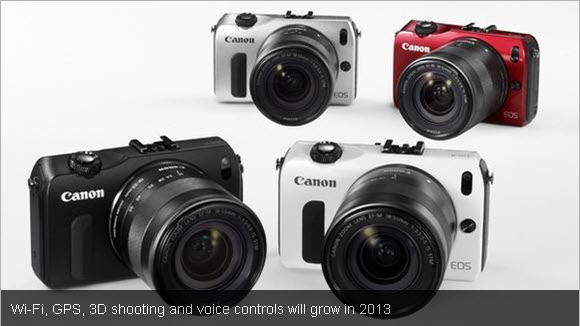
During 2012, compact system cameras (CSCs) have been going from strength to strength and touchscreens are becoming more responsive and increasingly commonplace across a wider range of digital devices.
Innovative camera apps designed to streamline the process of editing, uploading and sharing your files are being continually enhanced and updated, plus there have been improvements to aspects such as Wi-Fi connectivity, remote camera control from smart devices and the debut of cameras running on Android.
With all this innovation, we can’t help but begin to speculate as to what 2013 could bring to the photography arena.
Read on for some of our ideas about what we might expect to see in the New Year, and add your own thoughts in the Comments section below.
Ultra HD and 3D image capture
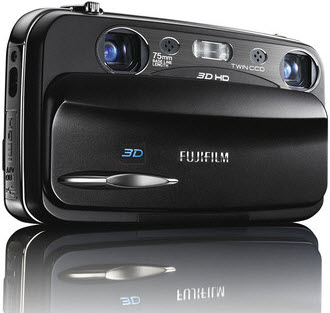
With speculation surrounding the appearance of Ultra HD (previously known as 4K) displays, and further developments in the dissemination of 3D imagery in the future, it’s logical to expect more cameras that are capable of capturing the stills and movies to complement these technologies.
With 3D image capture becoming a de rigueur feature among many of the latest camera launches’ specifications, it’s possible that we’ll see the likes of Fujifilm continuing to build on its pioneering Real 3D-series. And recent adopters of 3D capture from other brands may perhaps expand upon the functionality currently offered by their own ranges.
In order for 3D technology to take hold, however, we ideally need to see advancements in the facilities available for printing 3D stills (how about an affordable device for the home user?), as well as a greater number of lenticular displays capable of showcasing 3D images and footage without the need for 3D glasses.
Wonderful Wi-Fi and GPS
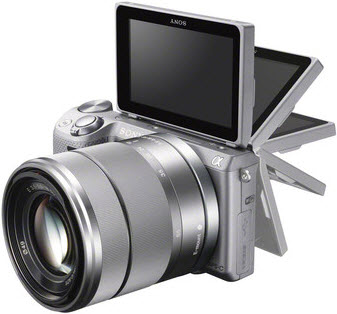
The increasing availability of fast Wi-Fi services broadens the appeal of devices that are capable of taking advantage of this – cameras included. Similarly, built-in GPS connectivity has appeared in recent models’ feature-sets with increasing frequency.
While we have seen improvements in the speed at which these GPS systems acquire a positive lock (and their ability to hold it as the photographer moves around) we’re still waiting for the level of power these features consume to be reduced.
Likewise, the current drain on the battery that using built-in Wi-Fi results in has led to many models essentially touting a feature that’s impractical to use with any real frequency. As the availability of Wi-Fi expands, we expect to see a corresponding rise in the number of models sporting more effective – and less power-hungry – systems.
Android cameras
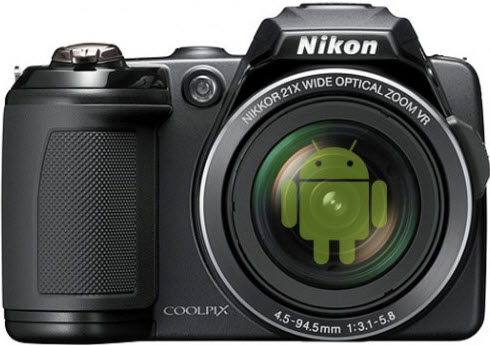
We’re intrigued by Nikon and Samsung’s initial attempts to integrate the popular Android operating system with a camera, in the shape of the Nikon CoolPix S800c and Samsung Galaxy Camera.
Neither manufacturer has managed to produce a flawless product – as is usually the case when pioneering anything new – but the potential offered by the combination of these two technologies is certainly promising.
We suspect the other big names in the camera world haven’t let this prospect pass them by, so it’s likely we’ll see further developments along these lines in the near future. With compact cameras being the logical starting point for the growth of this new idea, it will be interesting to see how successfully the OS can be married with the functionality of a camera in the future.
There could be further scope for expansion into the CSC and perhaps even DSLR sectors further down the line.
Voice control
We’ve seen an increasing number of phones adopting voice commands to access key features, so could we see this technology infiltrating the camera market too? If we did, it could offer the ultimate in hands-free photography and remote control over your device’s settings.
It wouldn’t take much of a leap of imagination for someone to integrate this functionality into the already pretty sophisticated apps and gadgets that enable us to adjust our camera settings and fire the shutter remotely. It might do this either using a dedicated piece of hardware or a software-based solution.
As well as extending the possibilities of remote camera control in a general sense, this could also be a useful advancement to aid visually impaired users and photographers with physical disabilities.
Touchscreen displays
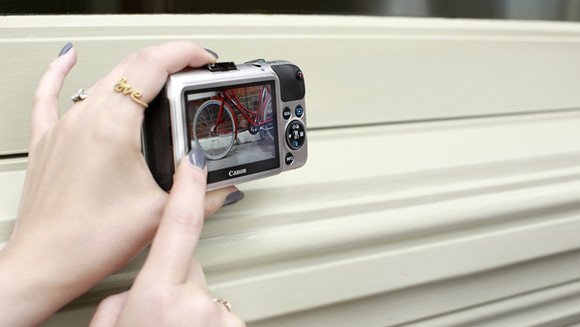
The screens adorning the backs of our cameras have come on in leaps and bounds over the past year, firstly in terms of resolution and size, then we started to see improvements in the responsiveness of touch-sensitive devices.
Then touchscreens began to trickle out of the compact camera market to infiltrate the CSC sector, with the first-of-its-kind touchscreen finally making its debut on a DSLR with the recent launch of the Canon EOS 650D.
With the enhancements we’ve seen in the usability and responsiveness of capacitive touchscreens of late, we don’t think it will be long before we start seeing more of these on subsequent DSLR launches in 2013.
Wearable cameras
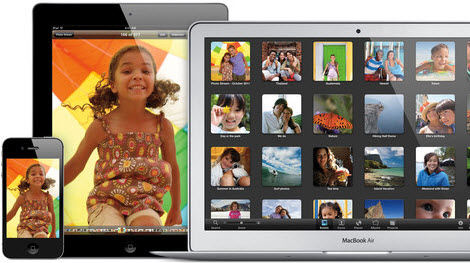
With the introduction of devices such as the Memoto wearable camera – designed to automatically capture snapshots of your daily life – we could see more products following along these lines.
With the continuing boom of social networking and file sharing websites – plus Wi-Fi innovations such as Cloud storage – and their influence on the way in which we all share key events in our lives, perhaps we’ll start to see more devices capable of capturing and wirelessly uploading content from small cameras worn every day.
The result could be a constantly updating record of your life – complete with GPS location data – with additional scope for users to tag and caption their shots, plus potential for integration of face recognition software and more besides.
New cameras in 2013
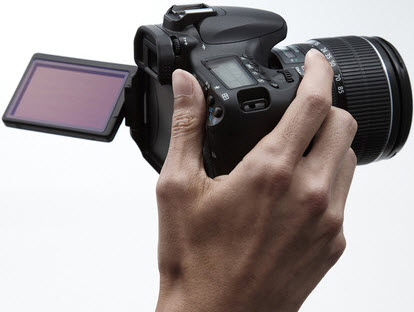
In addition to some of the more fanciful predictions we could make about the future of camera technology, there are a few things that are more certain: the fact that – barring global catastrophe – manufacturers are going to keep replacing old camera models with new ones.
Among the possible newcomers we’re hoping to see are a Nikon D400, Nikon D8000, Nikon D4x and a replacement for the popular Nikon D90 and Nikon D300s models.
Plus we’re expecting a Canon EOS 7D Mark II/Canon EOS 8D to replace the Canon EOS 7D, and a Canon EOS 60D substitute.
Olympus is also expected to continue to develop its superb range of petite-yet-powerful cameras, with advancements to its PEN series range on the cards. We know that the Olympus Pen P3 is ripe for replacement.
Panasonic too is about due to update its excellent G-series cameras, with hopes high for a Panasonic GX2 and a Panasonic GF6 in particular.
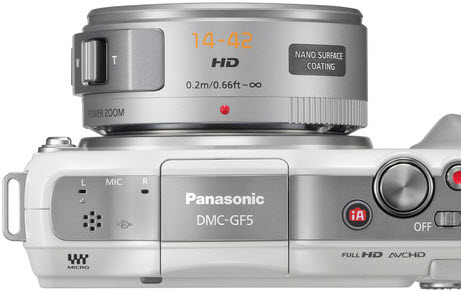
With the rise in popularity of more manageable bodied full frame DSLRs, we may also see the technology filtering down through the DSLR hierarchy and becoming more commonplace among the more affordable areas of the market. However, the latter isn’t likely to occur with any immediacy, due to current manufacturing costs.
Sony’s NEX range of CSCs and its pioneering DSLT cameras have both seen a real boost in terms of the level of versatility each system offers and their resulting overall popularity. We expect this success to continue for Sony in 2013, provided it continues to evolve the technologies it’s already grabbed our attention with in 2012.
Could we start to see CSCs and DSLT cameras finally truly matching DSLRs for their functionality and image quality, or even integrating full frame sensors? Time will tell…
Future or fiction?

A lot’s happened in the digital camera market over the past year, and it’s easy to get carried away with ideas about what the New Year might herald.
As well as the ideas already mentioned, we can see scope for further developments in EVF technology, bringing these closer into line with their optical rivals. We also see potential for wackier ideas, such as hybrid devices that integrate the functionality of a digital camera with that of a tablet running Android, and featuring a removable, wirelessly connected touchscreen interface.
Whether or not we see some – or any – of the above developments becoming reality remains to be seen: roll on 2013!





Recent Comments